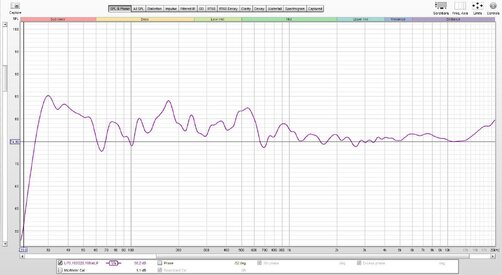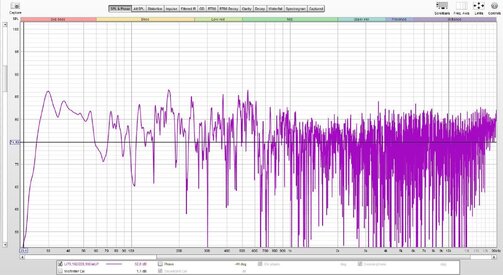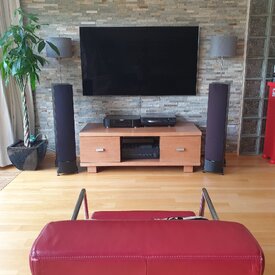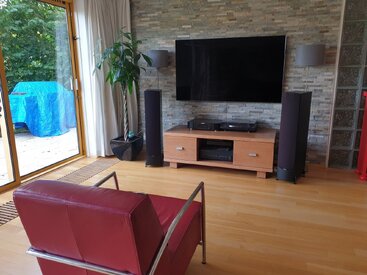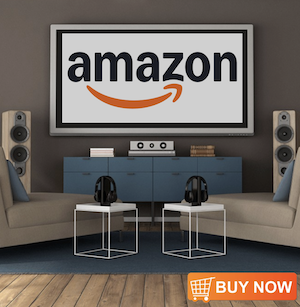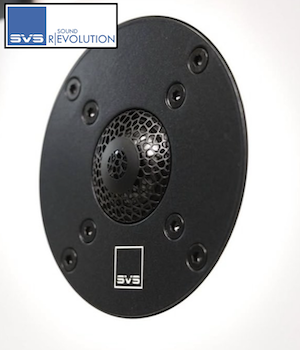I use a 0-degree calibration file from UMIK-1 which is advised for stereo measurements. Are you saying that 90 degree is a better and that UMIK-1 should point at the ceiling?
best regards, Miro
Personally I would stick with the UMIK advice. Obviously 90 degree vertical plus the 90 deg Cal File is the only way to measure surrounds. If the Mic and Cal Files are decent there will be very little difference either way.
Imperfect Omni mics, i.e. most of them, suffer from a HF boost when pointed directly at source. By turning away say 70 degrees this HF boost is softened to a pretty much flat response. The exact angle is different for different types of mic. But of course the Cal File overrides this. A 90 degree Mic will deliver flattest response with a 90 degree Cal file. There are finer points but in context this is not of importance IMO
best regards, Miro
Personally I would stick with the UMIK advice. Obviously 90 degree vertical plus the 90 deg Cal File is the only way to measure surrounds. If the Mic and Cal Files are decent there will be very little difference either way.
Imperfect Omni mics, i.e. most of them, suffer from a HF boost when pointed directly at source. By turning away say 70 degrees this HF boost is softened to a pretty much flat response. The exact angle is different for different types of mic. But of course the Cal File overrides this. A 90 degree Mic will deliver flattest response with a 90 degree Cal file. There are finer points but in context this is not of importance IMO








